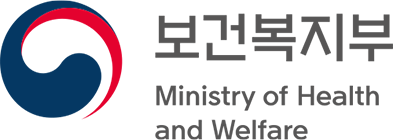Title
Successful Case of Deviated Nose Correction Using Autologous Rib Cartilage Before and After SurgeryDate
2025-11-10Views
229
Medical Column
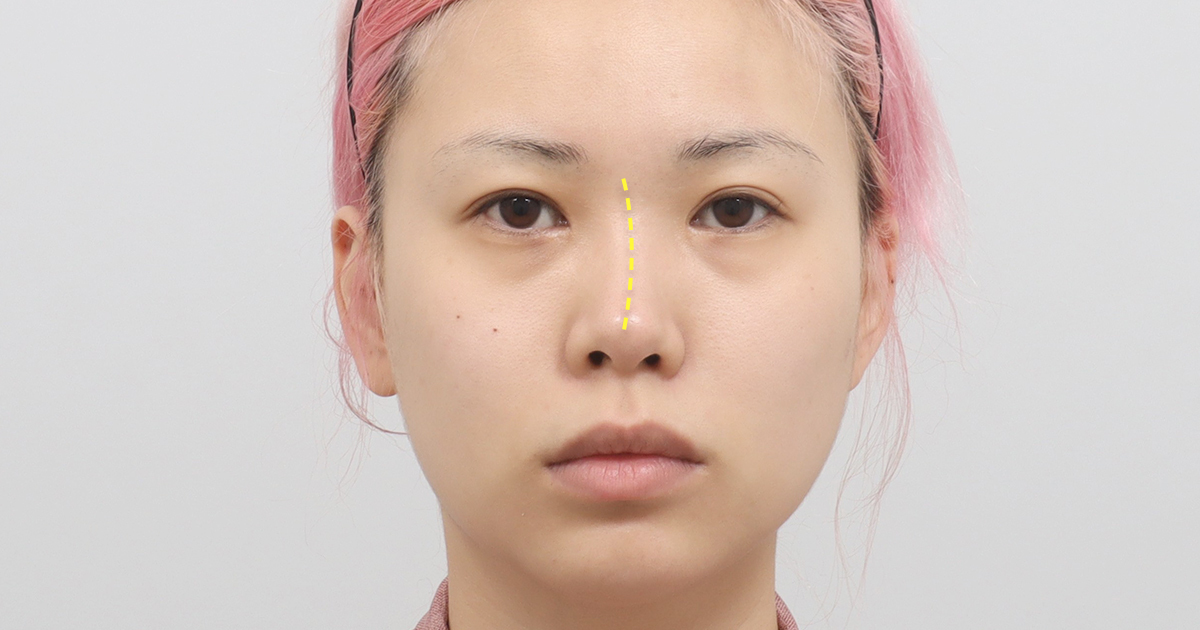
Hello, this is Dr. Jo Gyu-Sang from AB Plastic Surgery.
Today’s article introduces a case of deviated nose correction, showcasing the before and after results of the procedure. The patient shown above was concerned about a curved and bulbous nasal line. Through rhinoplasty using autologous rib cartilage, the nose was refined into a more natural, three-dimensional, and sophisticated shape.
This column has been prepared to provide helpful insight for those considering correction procedures for a bulbous or deviated nose.
Q. What was the main concern the patient had about the nose?
The patient was concerned about the deviated nasal line visible from the front, the bulbous nasal tip, and an overall flat and unremarkable facial impression.
During consultation, the patient expressed a desire for a natural yet refined nasal appearance, which guided the design process to harmonize well with the facial features.
Based on this, the surgical plan included partial removal of soft tissue, silicone implant insertion, osteotomy, deviated nose correction, and rhinoplasty using autologous rib cartilage.
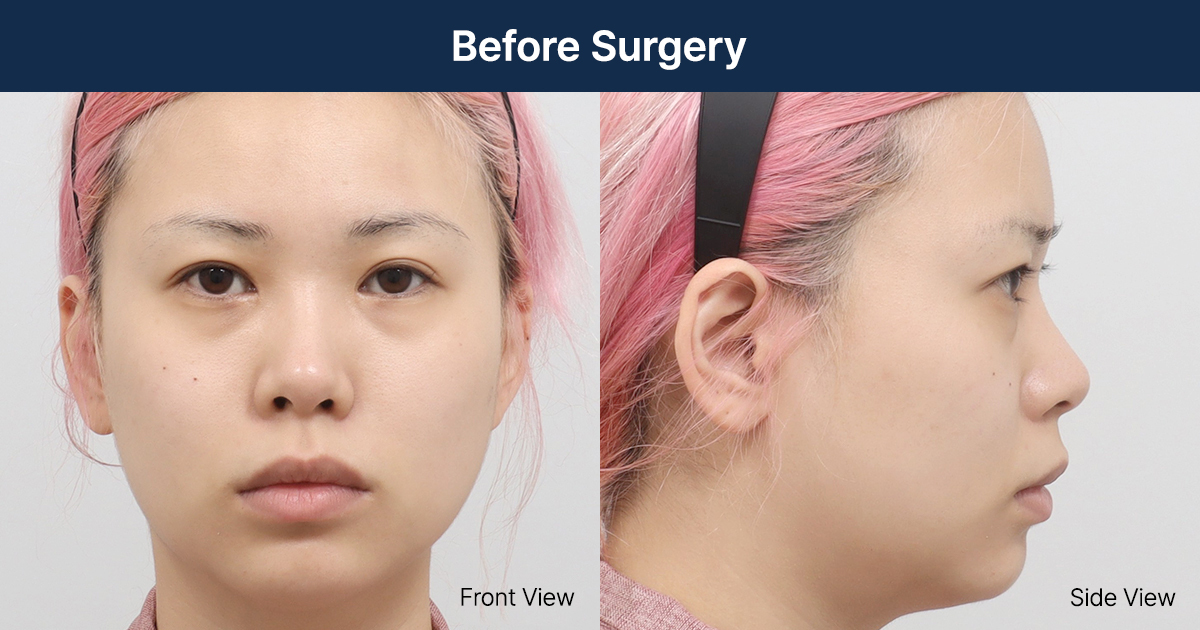
Q. What was the surgical plan and solution applied for the deviated nose correction?
A detailed 3D CT scan conducted before surgery revealed a small and deviated nasal septum structure.
This case required a meticulous and strategic approach to ensure proper nasal tip support and effective Deviated Nose Correction.
By thoroughly analyzing both the external form and internal functional aspects, a safer and more systematic surgical plan was established for precise correction.
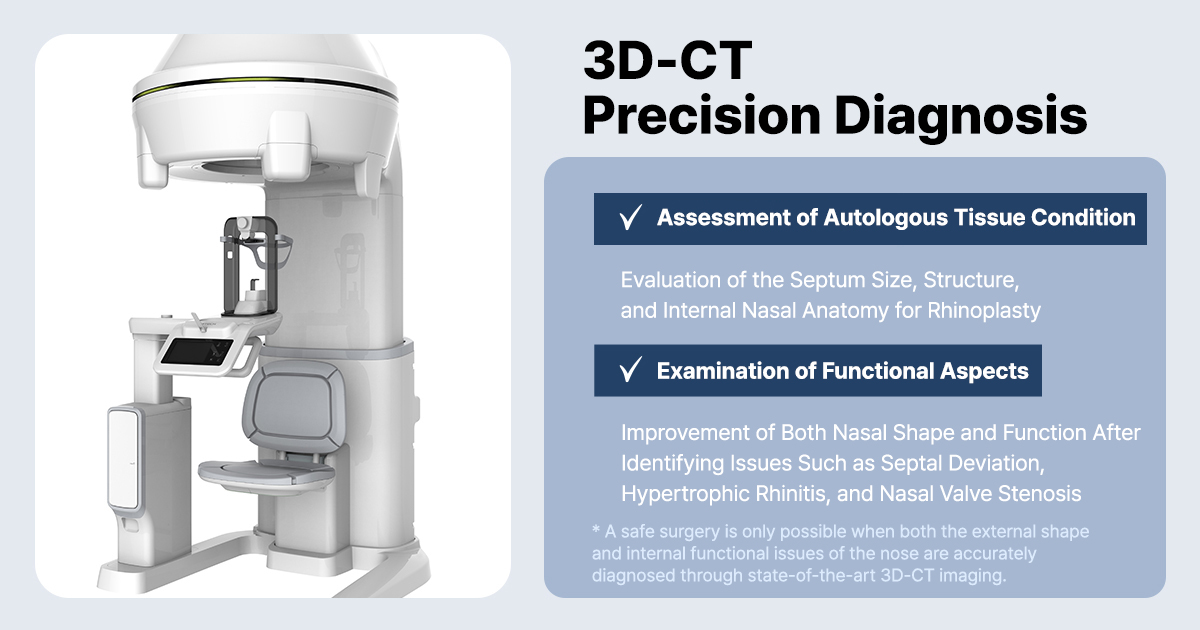
The specific Deviated Nose Correction solutions for this patient were as follows:
1. Removal of the existing nasal filler
2. Formation of a natural nasal line from the glabella to the tip using a silicone implant
3. Strengthening of the columellar support through rhinoplasty with autologous rib cartilage
4. Correction of the bulbous nasal tip by tying the tip cartilage and partially removing soft tissue
5. Precise osteotomy to achieve Deviated Nose Correction and enhance three-dimensional contour
In particular, autologous rib cartilage, harvested from the patient’s own rib, serves as a key structural material that provides strong support even in cases where the nasal septum is small or weak.
Through the use of autologous rib cartilage, the nasal tip was refined into a more natural and stable contour.
Q. How did the nose change after the autologous rib cartilage rhinoplasty?
Deviated Nose Correction Before and After: One Week Postoperative:
Even though both eyelid surgery and osteotomy were performed together, there was minimal bruising, and the three-dimensional contour of the nose was already visible despite the swelling.
The patient expressed great satisfaction even before the nasal splint was removed, saying, “I already love how it looks!” — a moment that remains particularly rewarding.
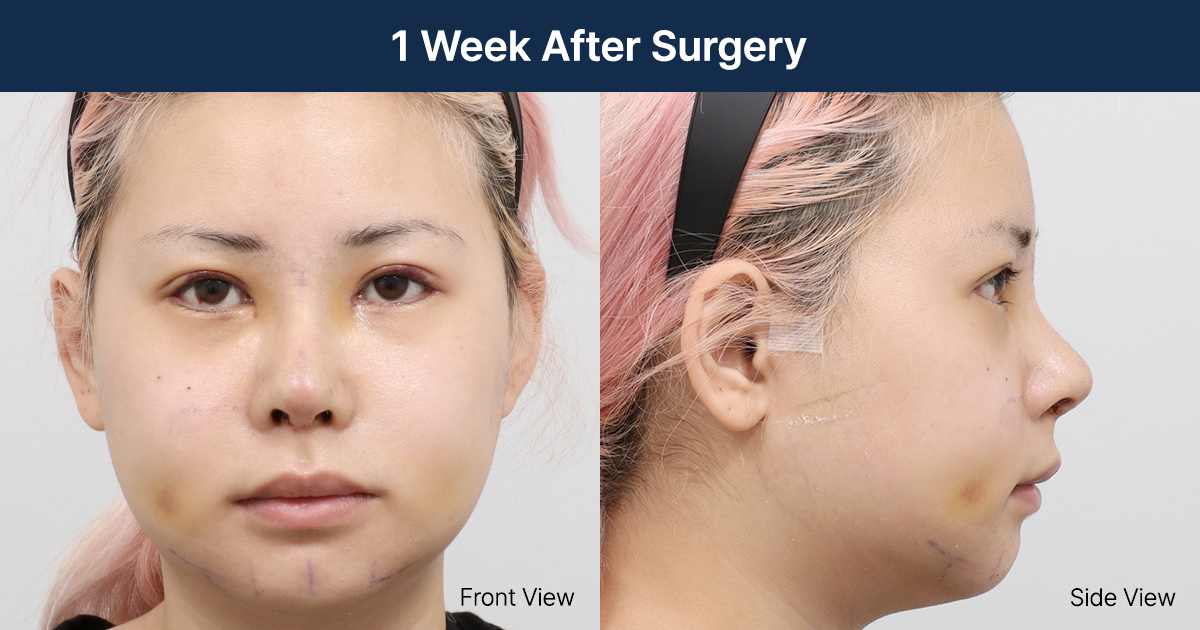
Deviated Nose Correction Before and After: One Month Postoperative:
At this stage, the nasal contour began to stabilize. As the initial swelling and tissue tension gradually subsided, the overall outline became more defined and refined.
The previously curved nasal bridge was naturally straightened, and the broad, bulbous tip was delicately reshaped into a slimmer and more refined line.
As a result, the overall facial appearance became more balanced and sophisticated. The patient expressed great satisfaction, stating that the outcome was “even more pleasing than expected during the consultation.”
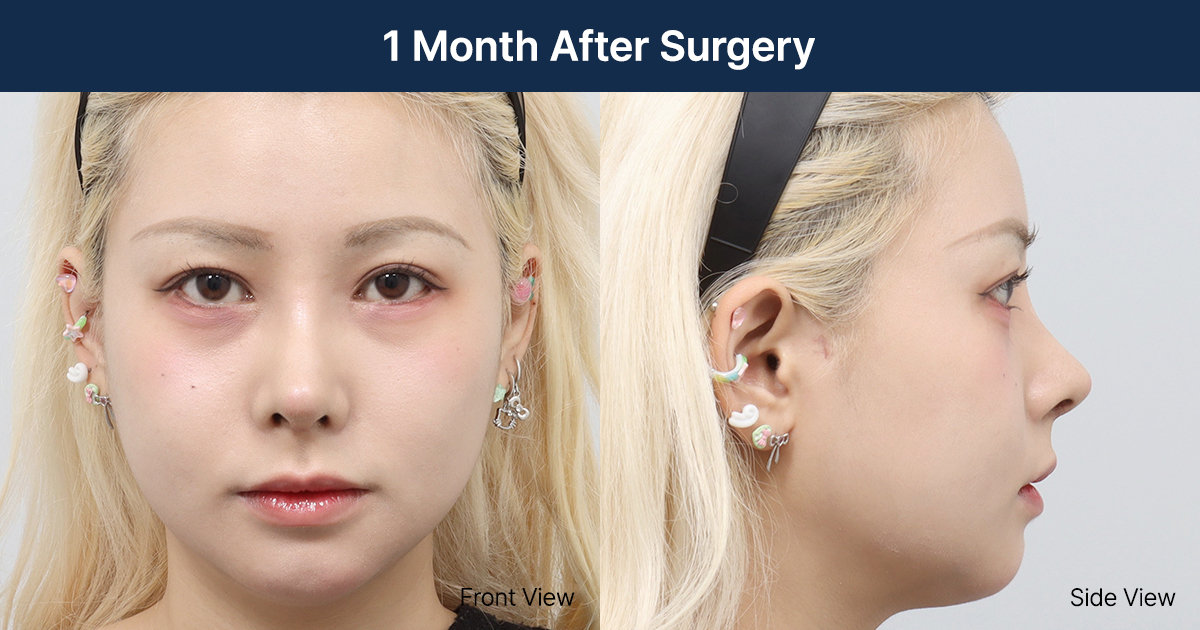
Rhinoplasty is not merely a procedure of inserting an implant. It requires a comprehensive analysis of multiple factors, including the existing nasal structure, soft tissue condition, size of the nasal septum, and the degree of nasal deviation. Based on these assessments, the design, materials, and surgical scope must be determined with precision.
In this Deviated Nose Correction case, thorough communication and detailed analysis allowed for effective correction and a refined outcome. The result presents an elegant curve and dimensional balance visible from every angle-front, oblique, and lateral-achieving a naturally smooth nasal line that flows seamlessly from the forehead to the tip.
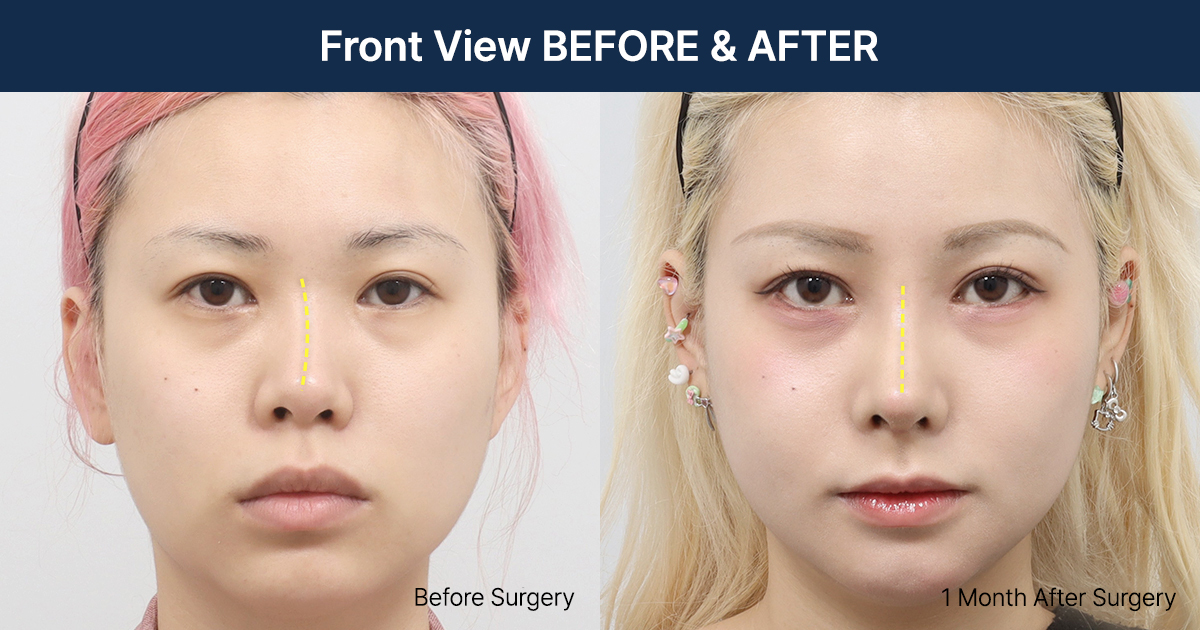
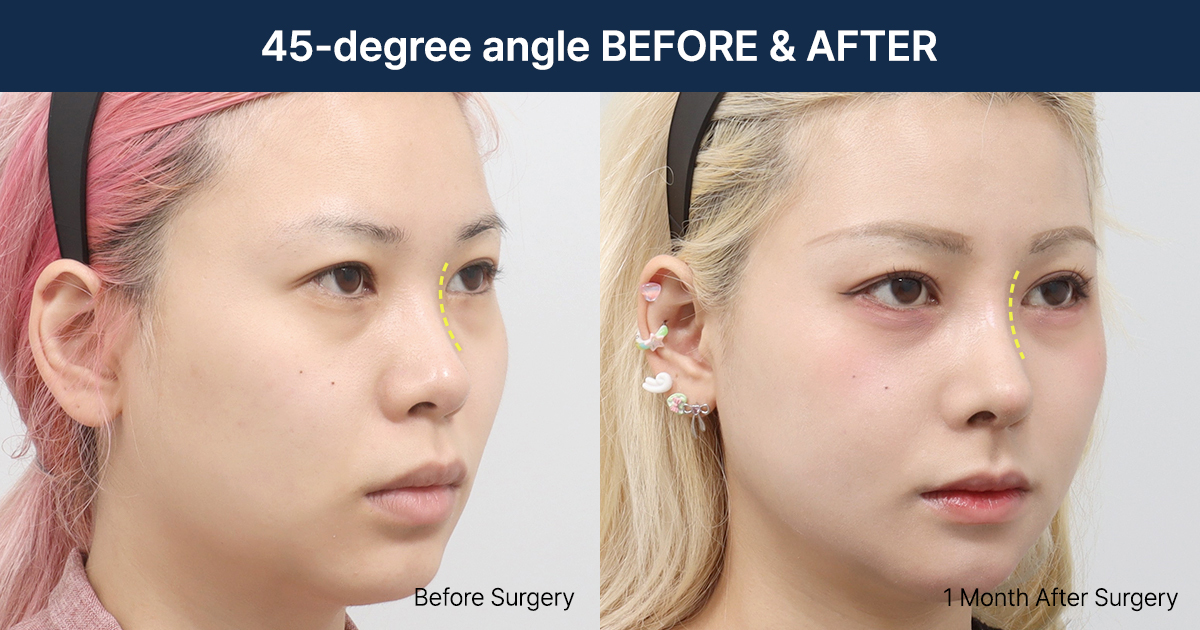
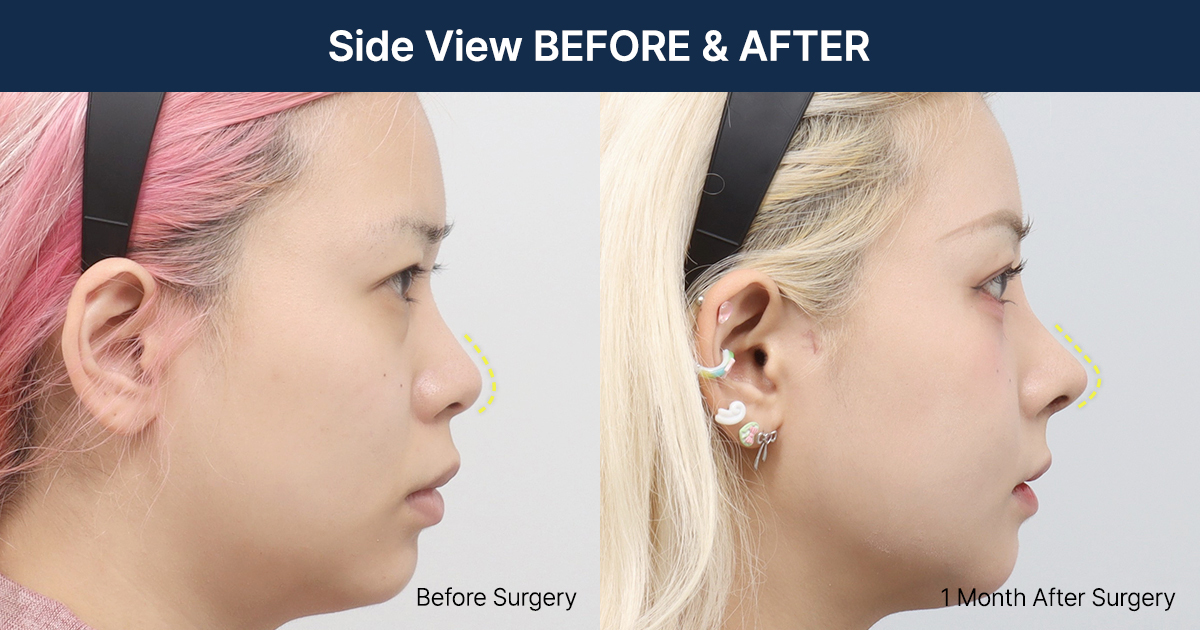
For safer and more satisfactory results in Deviated Nose Correction, it is essential to confirm whether a board-certified anesthesiologist is present on-site and whether an emergency response system is well established.
In particular, rhinoplasty using autologous rib cartilage can involve longer surgical time and a wider operative range, making anesthesia stability and pain management even more critical.
Additionally, having a well-prepared medical system that can respond immediately to unexpected nighttime emergencies provides greater reassurance even after surgery.
Safety is just as important as the final aesthetic outcome, so it is strongly recommended to carefully verify these factors to achieve both safe and satisfying results.
For additional inquiries regarding bulbous tip correction, deviated nose correction, autologous rib cartilage rhinoplasty, please contact AB Plastic Surgery at +82-10-9674-1298 or reach out via WhatsApp using the same number to receive a detailed consultation.
※ This case was written with the consent of the actual patient treated at AB Plastic Surgery.
※ Surgical results may vary depending on each individual’s condition.

|
Writer Dr. Jo Gyu-Sang, AB Plastic Surgery |
#Deviated_Nose_Correction
#Bulbous_Tip_Correction
#Autologous_Rib_Cartilage_Rhinoplasty
#Rhinoplasty





